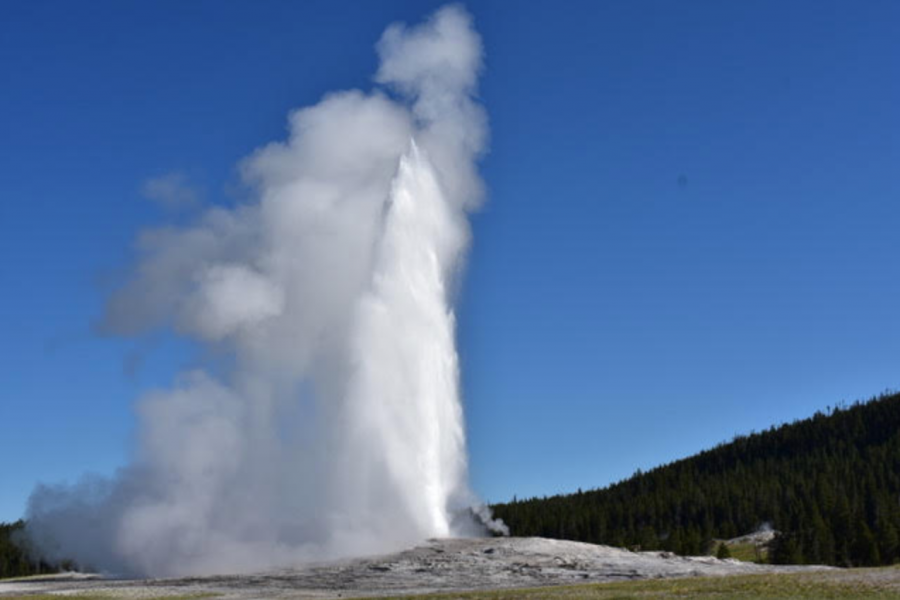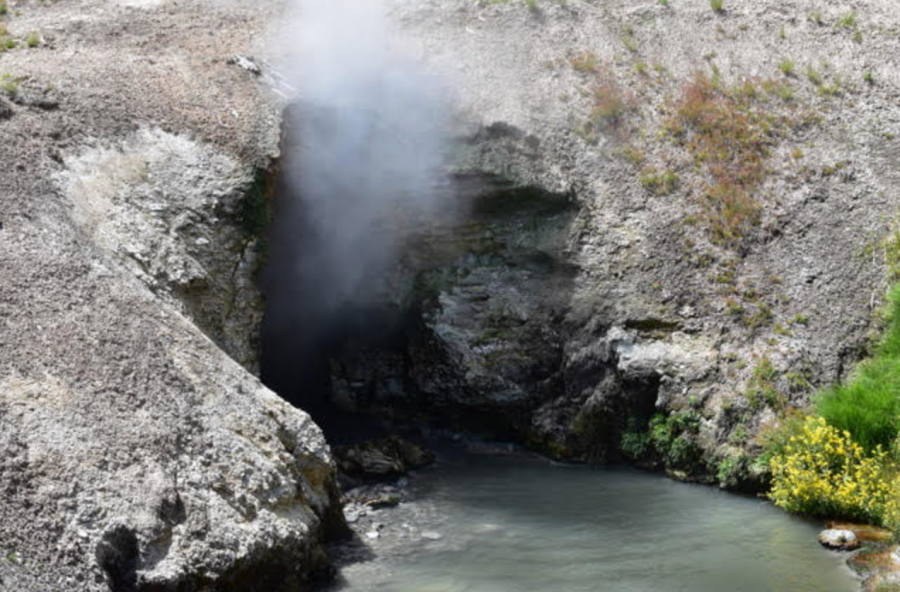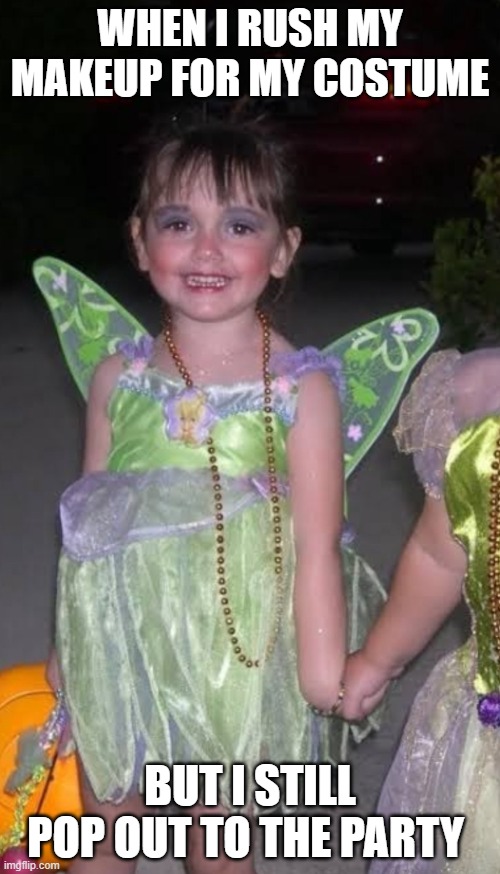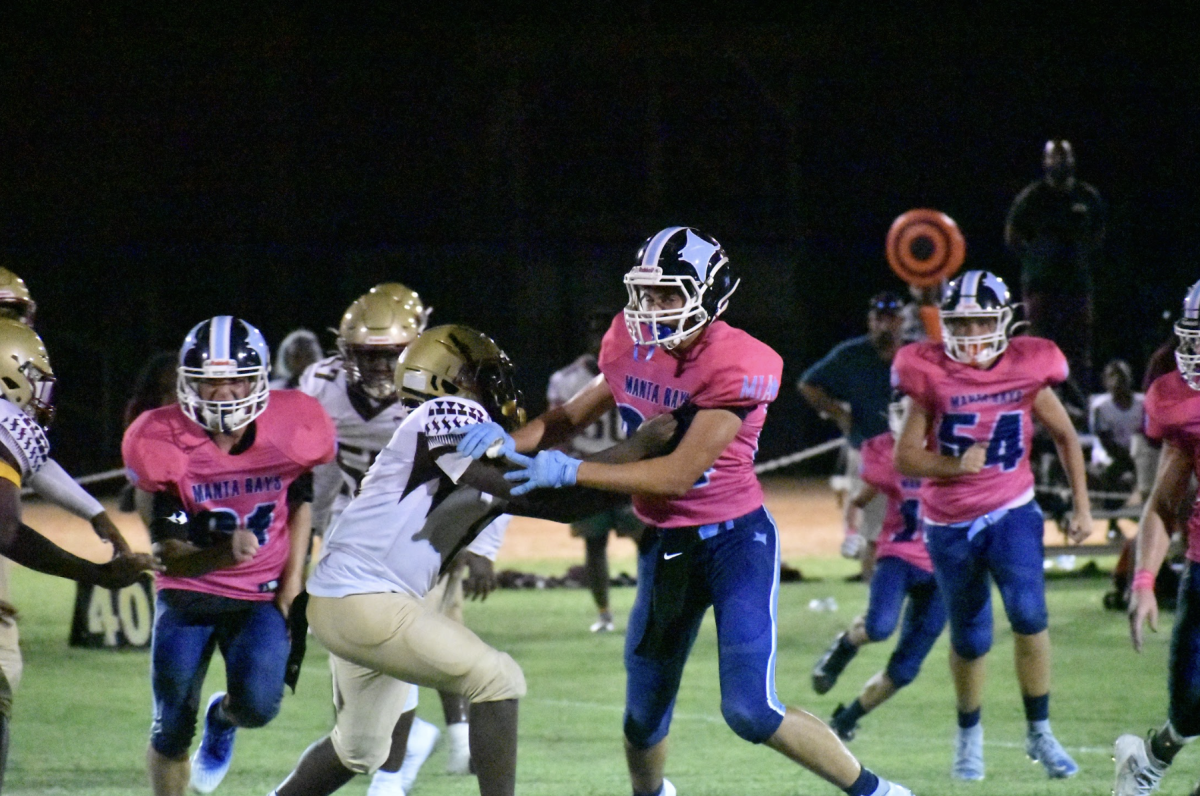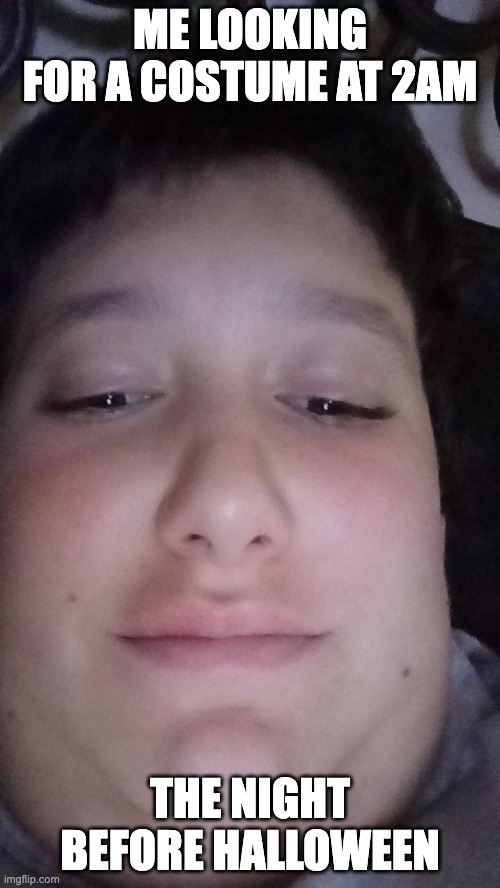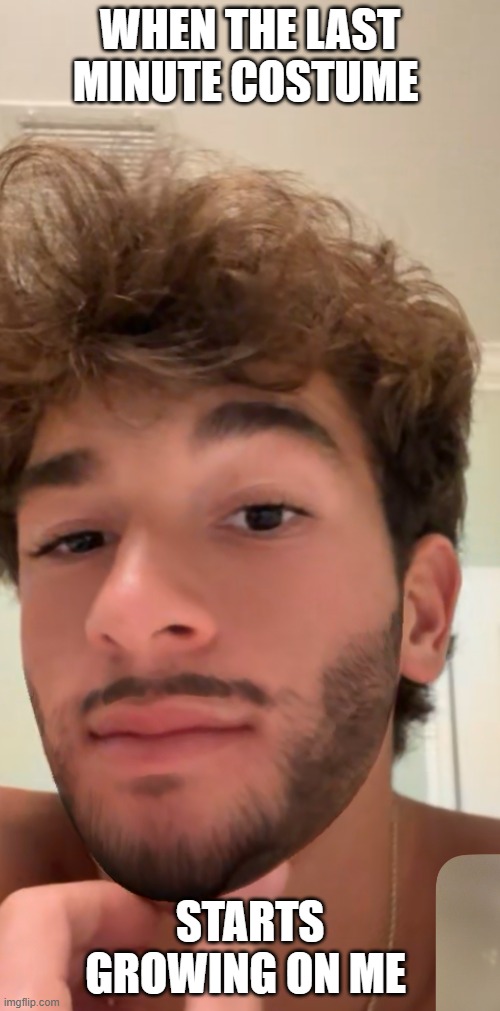Day in the Destination: Yellowstone National Park
Old Faithful, living up to its name, erupts on schedule and shoots water over 100 feet into the air.
April 22, 2021
Welcome back, avid and busy traveler. You have made it to the second addition of the Day in the Destination series. For those of you who have just now joined us, this article will tell you everything that comprises a perfect day at a specific vacation destination. If you have not read my first article, it was on Yosemite National Park, and I would highly recommend reading that one as well. Now, this week’s destination: Yellowstone National Park. I know you are crunched for time, so let’s get right into it.
Yellowstone National Park is the most bizarre yet beautiful place I have ever seen. Yellowstone is situated in the northwest part of Wyoming and skims part of Idaho and Montana. It covers roughly 3,500 square miles and it includes the largest amount of hydrothermal features in the world. Yellowstone has been volcanically and seismically active for millions of years. This activity creates a diverse ecosystem in which you can basically see everything from geysers, to bison, to rainbow springs, to vast lakes, and deep canyons. Luckily, we can see the majority of the park in one day if done right. Don’t worry, I did all of this in one day as well. (As a side note, I recommend visiting Yellowstone in the summer months.)
My recommendation is to stay in West Yellowstone (a town just outside the park entrance) the night before in order to get to the gate by 7:00 a.m. This will allow you to get through the line quickly and right into the park. From there, you will drive to the Grand Loop Road, which is a figure eight that goes around the entire park. Also, for those of you not good with directions, you are in for a treat. All you will need to do is, when you get to the intersection where the entrance road meets the figure eight, just turn right. This will take you on a counterclockwise tour of the lower loop. The lower loop is the best part, anyways.
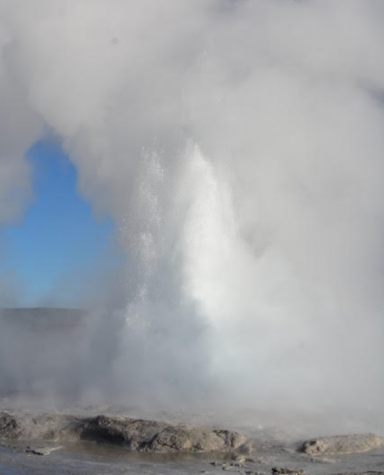
(Kathryn Barry)
From here, drive a little ways, and you will arrive at the Lower Geyser Basin with the famous Fountain Paint Pot. There is a boardwalk that takes you around to all of the steam vents, geysers, and paint pots. Don’t worry, because you are guaranteed to see the steam and water shooting out of the geysers, plenty of it. The paint pots are bubbling mixtures of clay and mud materials. For me, it was like looking at a witch’s cauldron. However, my favorite part of the stop was the Morning Geyser. (When I was looking at this area, the site was very active. Activity depends on the time of day and how long had it last been since it was active.) Morning Geyser is not constantly active, but when it is, it is absolutely stunning. It can expel water over 100 feet in the air. I was misted when this was happening, and it was surprisingly warm, similar to tepid bath water.
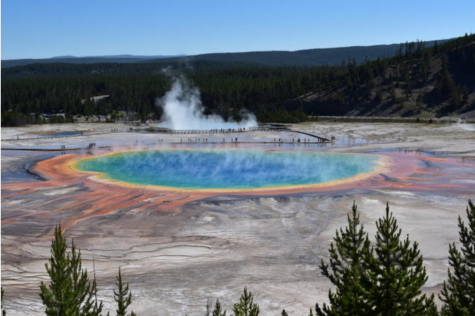
From here, travel down to the Midway Geyser Basin. Here, the bright blue pools are the highlights and the big finish is the Grand Prismatic Spring. Besides the Grand Prismatic Spring, the Excelsior Geyser is one of the prime spots. It was the largest geyser on Earth, until it erupted and exploded. What is left is a huge, electric blue pool that produces about 4,000 gallons of water per minute that runs off into the adjacent river (the Firehole River). The best way to view the Grand Prismatic Spring is to take the fFairy Falls Trail for 0.6 miles and then at the fork where it indicates the overlook, take a left. You will then be led up to the overlook of the spring. The Grand Prismatic Spring has a rainbow look because different types of bacteria live in different regions of the pool, as some spots are warmer than others.
Now, onto the Upper Geyser Basin. First stop is at the Black Sand Basin to stretch the legs and view more strange pools. Then go to Old Faithful Geyser. It is basically the symbol for the park. It is called Old Faithful because it erupts every 63 to 70 minutes. It is a must see if you go to Yellowstone.
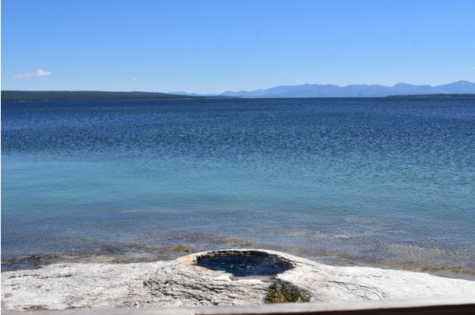
(Kathryn Barry)
From here, the scenery changes. At this point, you have reached the bottom left corner of the loop, thus meaning you are ¼ of the way done (that was the busiest part, so do not fret!) Now, you will drive along the bottom until you reach the West Thumb of Yellowstone Lake. Here there is the West Thumb Geyser Basin that you will want to stop at. This walk is very interesting because there are thermal hot springs right next to the lake, which sits at an average temperature of 41 degrees Fahrenheit. One of my favorite spots on the walk is Fishing Cone, which is a cone-shaped hot spring right off the shore in Yellowstone Lake. I found it very interesting that back in the day, fishermen would catch fish out of Yellowstone Lake and, hook in, immediately dunk it in the cone after being caught. This action boiled the fish in seconds. This was accidentally discovered when a fisherman dropped his fish in the spring, it thrashed around, and then died. The fisherman discovered it was perfectly cooked. (Just in case you haven’t gotten the memo, don’t go swimming in any of the hot springs, as they are quite toasty.)
At this time, it will be time for a late lunch. There are plenty of picnic areas along the lake to eat at. The one I ate at was along Gull Point Drive. This area looks out over a cliff to the lake. Also, if you are a souvenir type of person or want some dessert, the Fishing Bridge Museum and Visitor’s Center has an array of ice cream, dessert, and souvenir options.
To continue this venture, we have left the lake area and are transitioning into the Hayden Valley region, with the Yellowstone river running on your right side. Here, herds of bison roam and you will occasionally see elk and grizzly bears. There are multitudes of bison anywhere you go in the park, but this is the most heavily populated spot. When we drove through here, we saw herds of bison on both sides of the road. I am certain you will see at least one bison while in Yellowstone. If you legitimately do not, email me and I will personally send you a five-dollar bill in the mail. In Hayden Valley, my favorite stop is Mud Volcano. (Don’t worry it is not actually a mud volcano, but it does smell like sulfur, so be prepared.) I had two spots that I liked the best. One was the Dragon’s Mouth Spring. Boiling water comes out of the cave and billowing steam accompanies it. This steam creates a deep and eerie howling/roaring noise in the cavern. The other interesting stop was when I saw a bison right next to a hot spring. It was rutting season, so the male bison are quite active. The bison would flip and roll around in the dirt next to the pool.
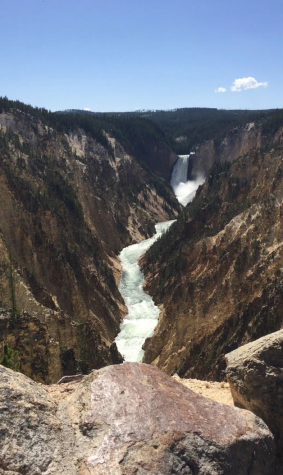
(Kathryn Barry)
Off to our last two stops of the day, in the upper right corner of the loop: Upper and Lower Yellowstone Falls. To see these waterfalls, you will need to take a short drive off of the main loop. There are multiple lookouts to see Upper and Lower Falls. There is a lookout that I like looking down above Upper Falls. However my favorite is Artist’s Point, which is a distance view of Lower Falls. This view is set in the Grand Canyon of Yellowstone and it looks at Lower Falls. The water snakes towards you on the floor of the canyon. The setting sun illuminates the view and hues of orange and yellow are enhanced.
Congratulations! You have now finished yet another Day in the Destination. Yellowstone truly lives up to its original nickname “Wonderland.” There is so much more to explore in Yellowstone that is unexplainably remarkable.


